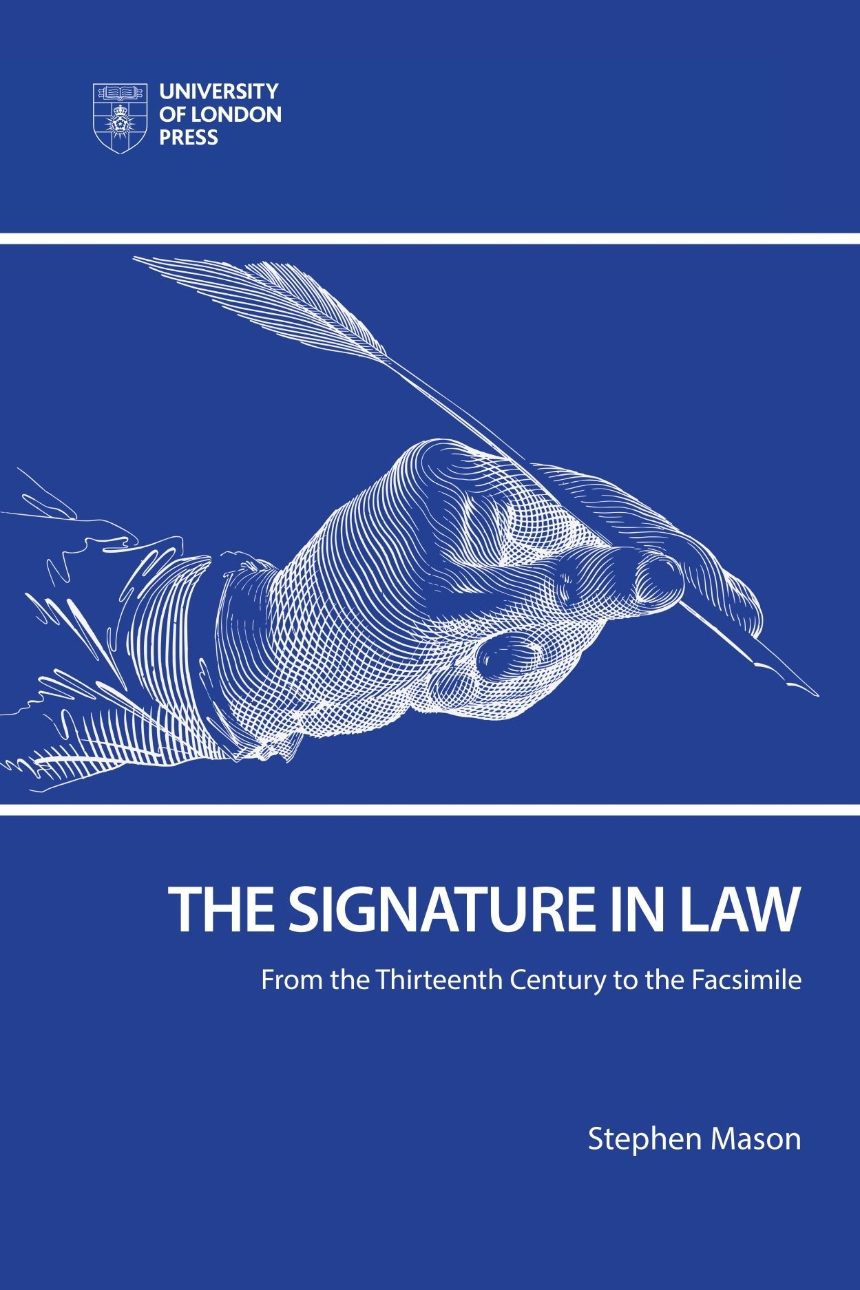Review: What’s in a name?

The monograph The Signature in Law: From the Thirteenth Century to the Facsimile explores the judicial development of the concept of the signature from the 13th century to the age of the facsimile transmission and telex — that is, down to 1990.
The concept of the signature is considered in its broad legal context, in order to set out the purposes of a signature, and to explain the functions implicit in a signature.
The author draws on a surprisingly large number of reported cases from common law jurisdictions across the world, including several decisions from the courts in Scotland and Ireland.
By these decisions on matters of fact and law the author shows how judges expanded the meaning of a signature as technologies developed and came to be used in what were unanticipated ways.
The overview of the methods used to demonstrate proof of intent and authentication, is supplemented by the judicial response to the array of variations in the form (e.g., initials) with which the courts have been presented.
Past judicial decisions not only demonstrates the flexibility of the form a signature can take, but also illustrates how judges had the flexibility of mind to accept the first forms of electronic signature (telex, facsimile transmission) as a further development, without special legislation.
This excellent monograph is generously made available by open access, or even to purchase if a hard copy is preferred.
For those who wish to follow up the subject into the modern era, from 1990, Stephen Moss is also the editor of papers in Electronic Evidence and Electronic Signatures.
The Signature in Law: From the Thirteenth Century to the Facsimile by Stephen Mason. Published by London University Press, 124 pp.












